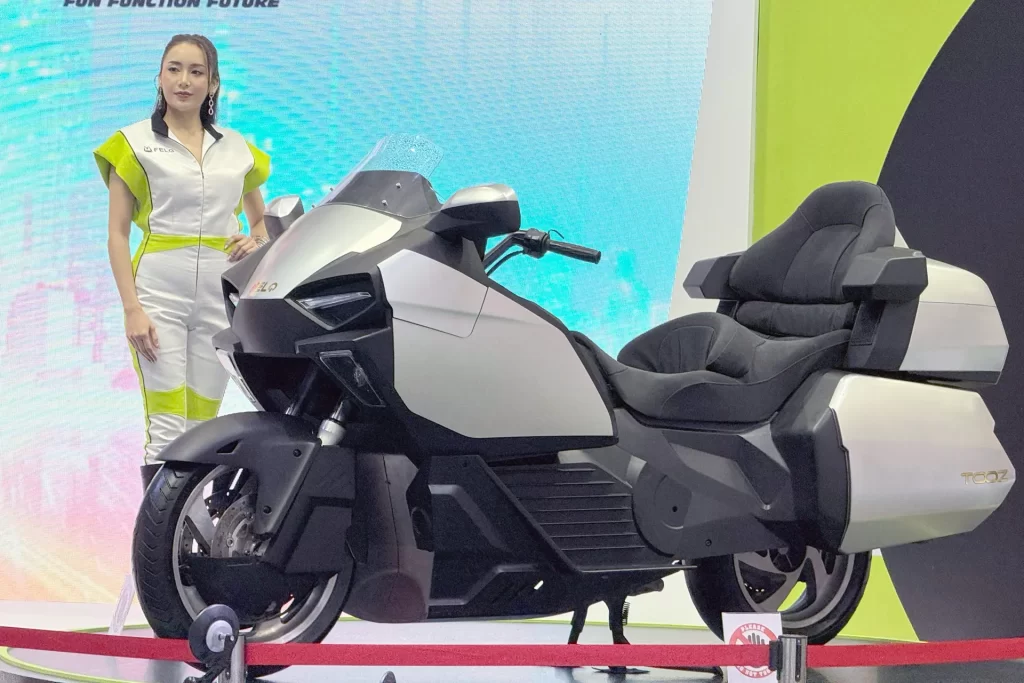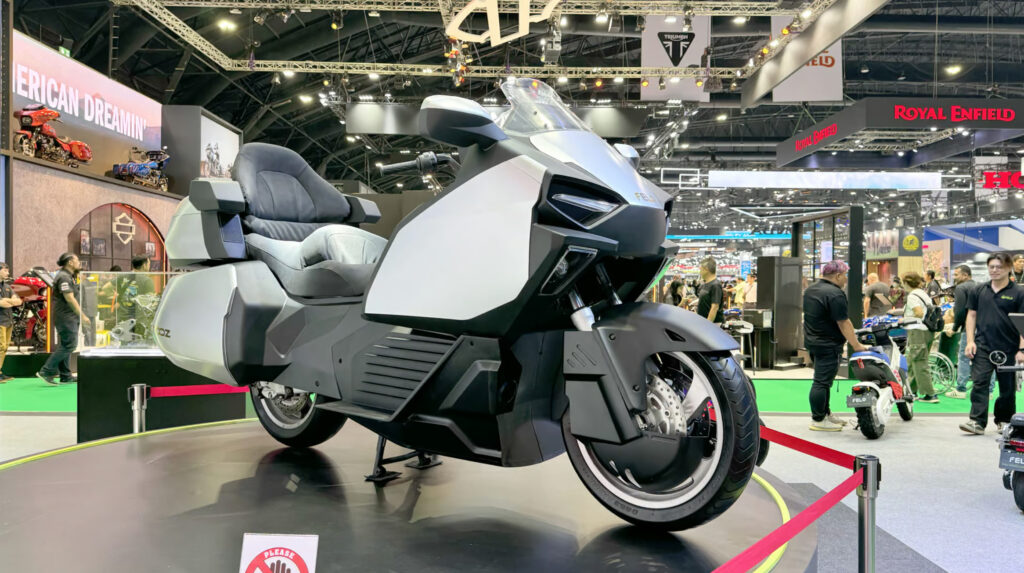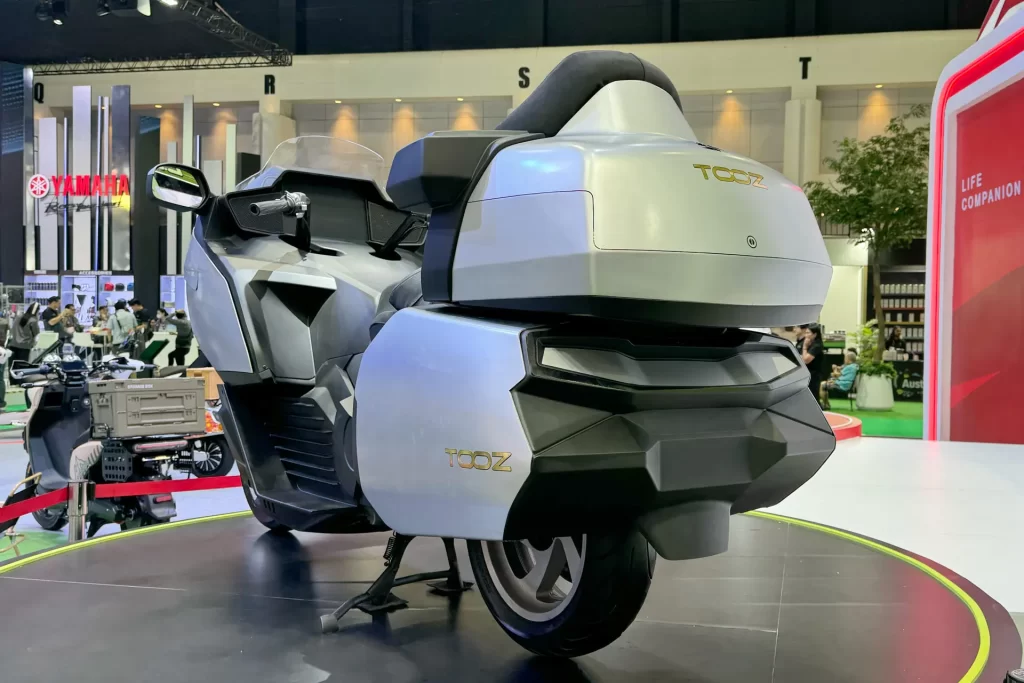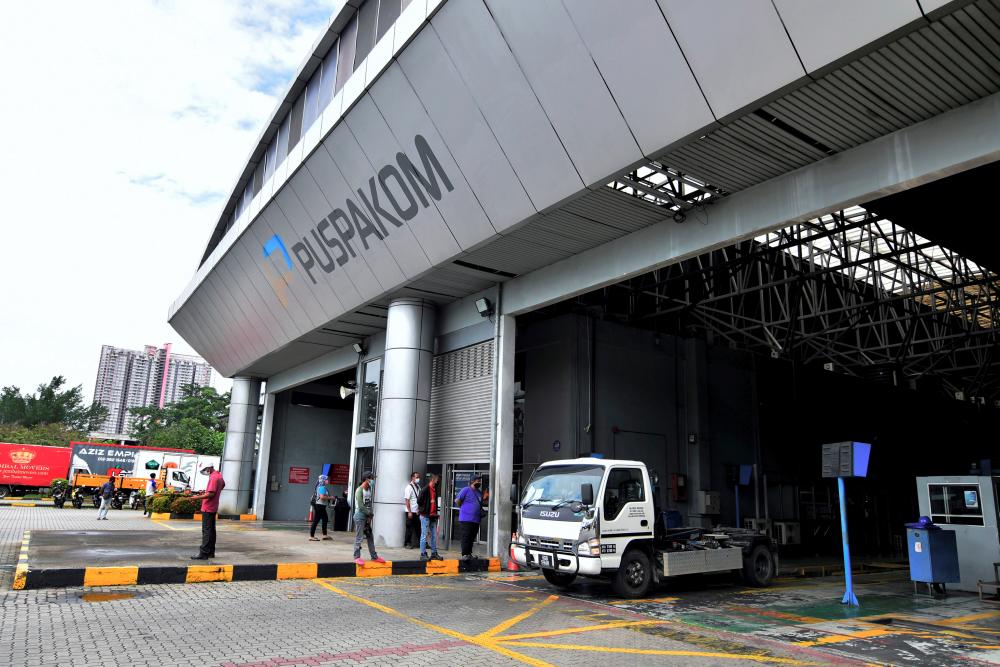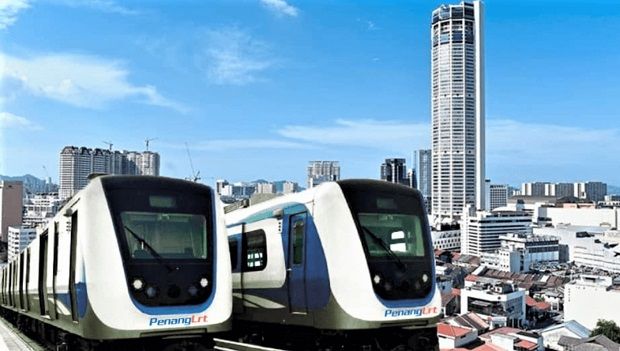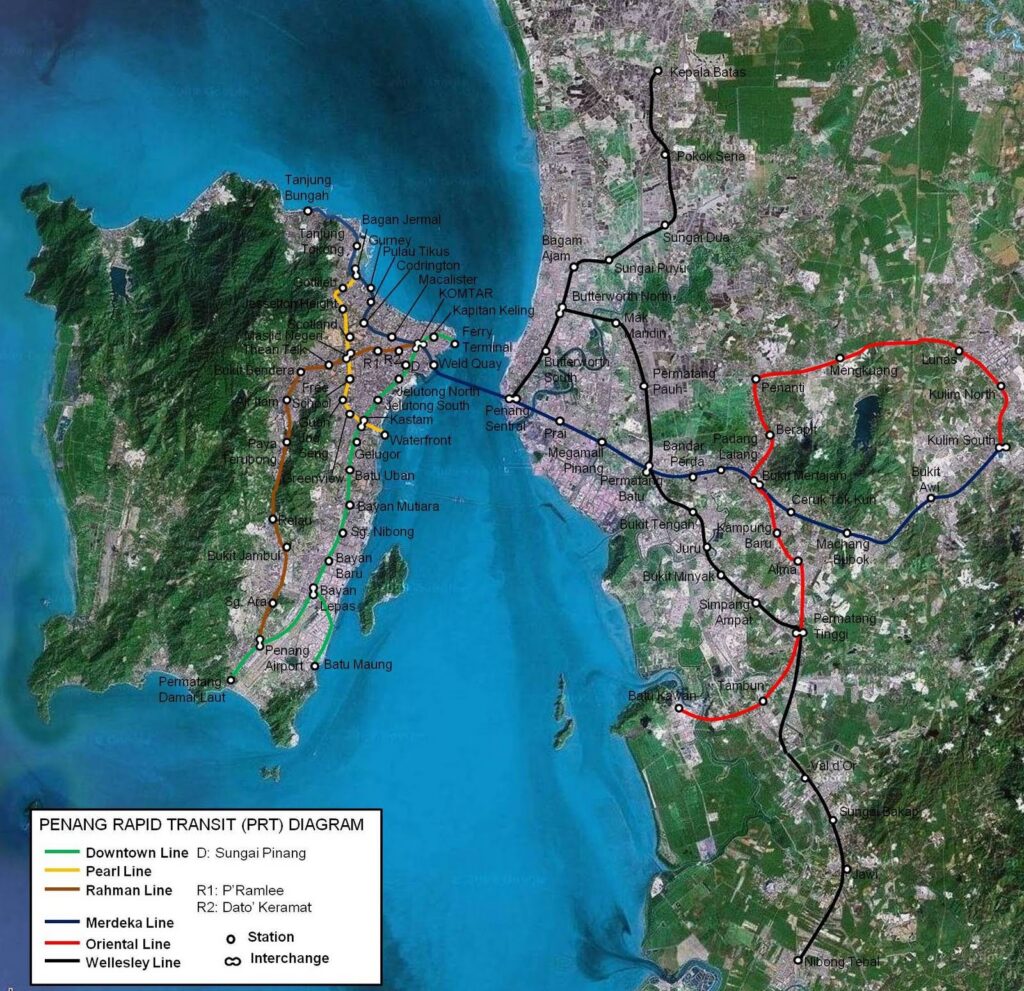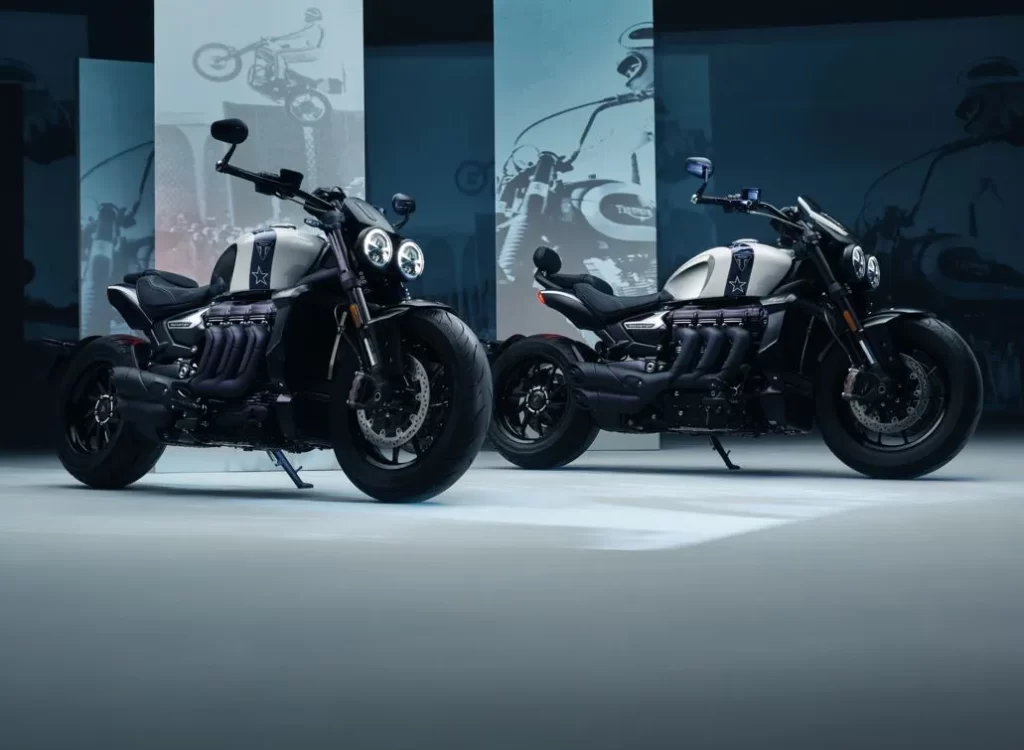The Felo TOOZ has something which every electric motorcycle needs: Range. That is not a problem as the manufacturer claims a 720km range per charge.
Launched by Thai company, Smartech, all that battery needs space thus making for one of largest motorcycles on the road, nevermind the Honda Gold Wing “vibes.” It is still capable of hitting a top speed of 202 km/h, though.
Apart from the range, the Felo TOOZ has several high-end features including a 12-inch TFT instrument panel that connects to your phone, and pushing audio through a 6-channel surround sound system. Other features are like a tyre pressure monitoring system (TPMS), ABS, traction control. Not groundbreaking features, but it does make the bike the most technologically advanced electric motorcycle, thus far.
The TOOZ also supports TYPE2 charging (from 20% to 80% in 20 minutes). The specs also mentioned an optional 8 liter cooling box that can be fitted to one of the panniers. The use of the word “optional” suggests that production is already planned.
You can charge your electrical devices from the TOOZ, but it also has V2L technology which means you can use the bike’s batteries to supply power to your home. That hints of a large battery capacity.
Smartech is one of the stars of Thailand’s electric vehicle sector, with its new electric motorcycle brands FELO and RAPID both starting with a clean sheet and the company well-funded and well-resourced with expertise.
Producing motorcycles in Thailand is seemingly a good idea, because most of the world’s biggest motorcycle manufacturers already produce motorcycles there. Honda, Yamaha, Suzuki, Kawasaki, BMW, Triumph and Ducati all manufacture a portion of their global range in the Kingdom.
Our only gripe: Please design electric motorcycles better rather than something akin to being cobbled together in the driveway. A better designed bike can surely entice more potential buyers.



